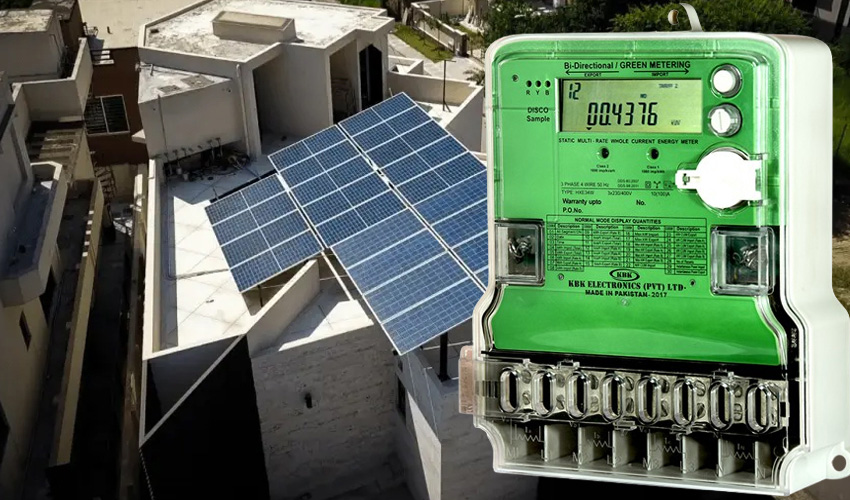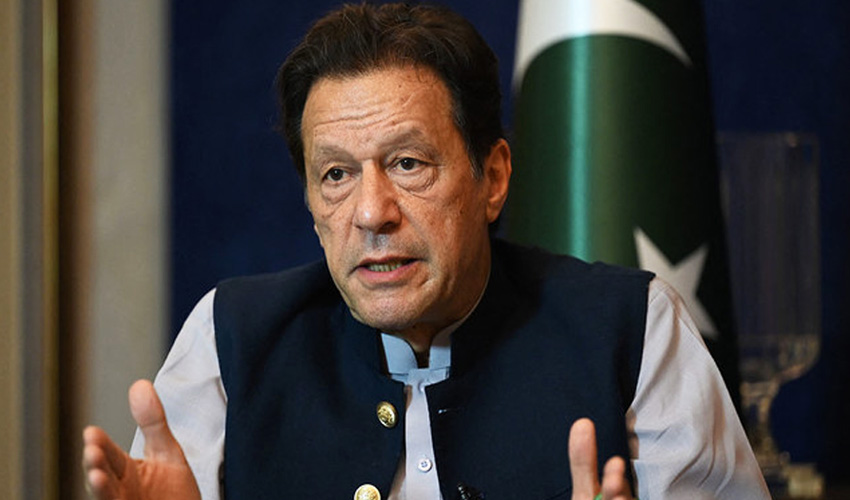The World Bank has released its Pakistan Development Update Report, emphasizing the urgent need for political consensus and the successful implementation of the IMF program to stabilize the country’s fragile economy.
One of the most alarming findings of the report is the surge in the poverty rate, which is expected to climb to 40.5% this year. The poverty rate in 2023 was 40.2%, the report states. The World Bank attributes this increase to Pakistan's slow economic growth, high inflation, and declining wages.
Employment opportunities for the country’s growing youth population remain insufficient, with only 160,000 new job openings annually, highlighting the country’s inability to accommodate the 3.5 million new individuals expected to enter the workforce over the next two years.
The report also projects Pakistan’s economic growth for the current fiscal year at 2.8%, falling short of the target of 3.6%. This would make Pakistan's growth rate the lowest among regional countries. However, the World Bank offers a more optimistic outlook for the next fiscal year, predicting economic growth to reach 3.2%.
The World Bank has cautioned that Pakistan's economy faces high risks, including heavy external financing. Pakistan, the report says, needs external financing of $22 billion annually for the next two years.
On inflation, the World Bank notes that the rate is expected to average 11.1% this year, primarily driven by increases in electricity and gas prices at the local level. Although inflation is projected to drop to single digits at 9% by the next fiscal year, the report raises concerns over the sustainability of this reduction without further structural reforms.
The report also notes that Pakistan's current account deficit is estimated to be 0.6% this year and 0.7% next year. The fiscal deficit is expected to widen to 7.6% of GDP this year from 6.8%, but is projected to decrease slightly to 7.3% in the following year. The national debt is estimated to rise from 72.4% to 73.8% of GDP this year, with further increases to 74.7% next year.
The report mentions that local currency remittances rose to 16.1% from 14.2%, the World Bank said, which has led to an increase in the inflation rate in Pakistan.
Energy sector a 'serious threat'
The energy sector was described as a "serious threat" to Pakistan's economy. The World Bank report revealed that circular credit in the power sector reached Rs2.4 trillion by June 2024, with annual increases of Rs400 billion due to unsustainable subsidies, as 94% of household consumers benefited from subsidies in FY 2023-24.
The report says that in five years, the subsidy on electricity increased from Rs236 billion to Rs1.190 trillion. The World Bank also raised serious questions about the performance of electricity distribution companies, saying most electricity distribution companies are operating at a loss with lower-than-expected recovery rates and significant financial liabilities in electricity bills to both federal and provincial governments.
The cost of electricity production for the fiscal year 2023 was Rs2.9 trillion, while revenues stood at Rs2.6 trillion, resulting in a deficit of Rs278 billion. Liabilities of the federal government reached Rs25.8 billion in 2023, it added.
The World Bank stressed the importance of full cost recovery from consumers in the energy sector to prevent further financial losses and urged Pakistan to address the inefficiencies within its power distribution system.


























